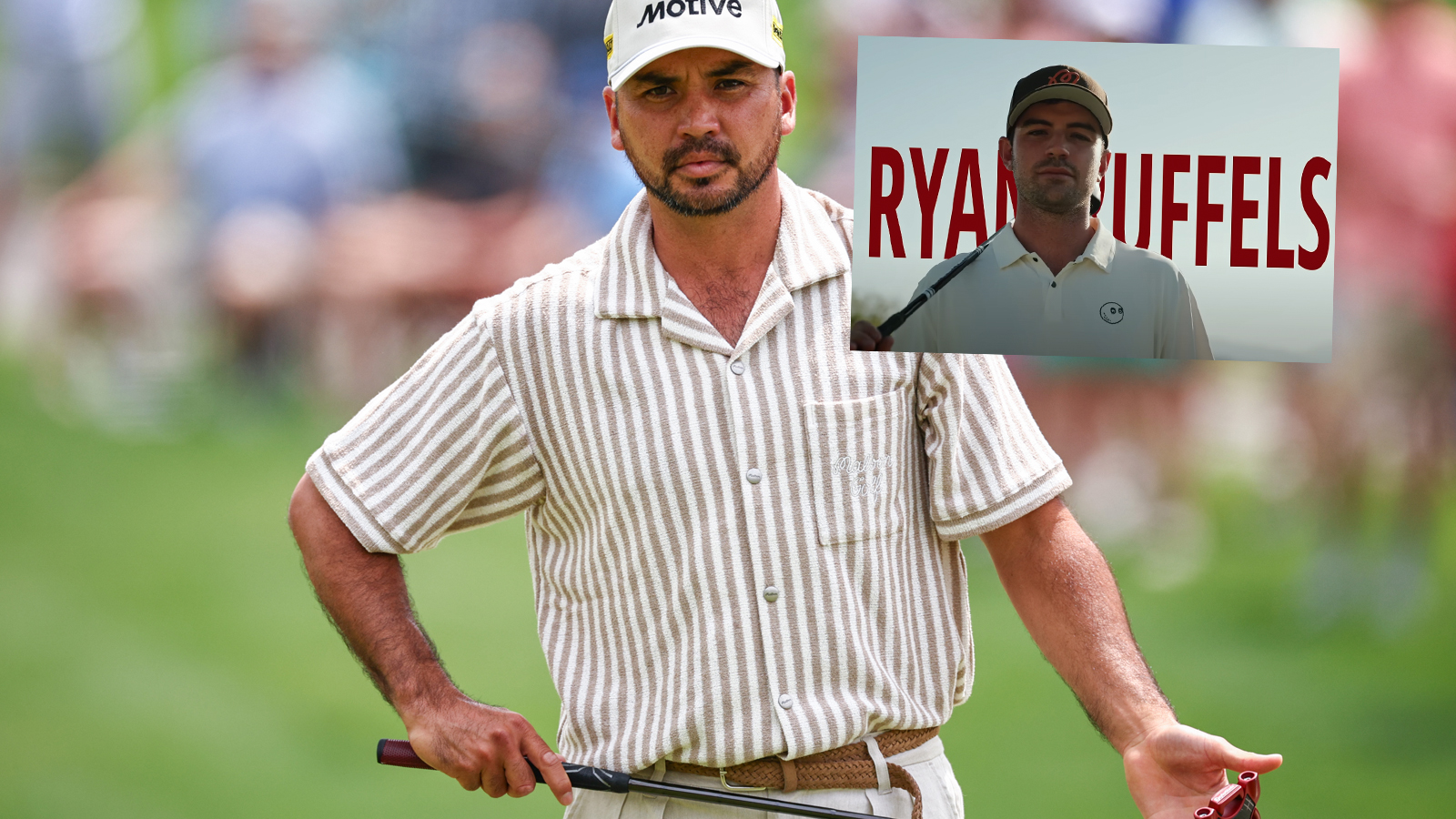U.S. Open DFS picks 2024: Can you afford not to play Scottie Scheffler? – Australian Golf Digest

- by Admin
- June 11, 2024

The golf world turns its attention this week to the iconic Pinehurst #2 for the 124th playing of the U.S. Open. This will be our first return visit to Pinehurst since Martin Kaymer’s runaway victory in 2014, and it also marks the 25th anniversary of Payne Stewart’s memorable 1999 victory over Tiger Woods and Phil Mickelson. Though the golf course has changed over the last decade, the general ethos of Pinehurst remains consistent.
RELATED: U.S. Open 2024: Power rankings for the entire field at Pinehurst
The Donald Ross design is defined by its firm, sandy soil, calamitous wire-grass, and domed greens that have often been referred to as “inverted saucers” for the nature in which they repel poorly struck approach shots. With just three players breaking par in 2014, Pinehurst will be everything that players can handle this week, and the continued planting of wiregrass should create an even higher premium in finding the fairway.
Public Pinehurst No. 2 Pinehurst, NC 4.6 447 Panelists
- 100 Greatest
- 100 Greatest Public
- Best In State
In 2010, a team lead by Bill Coore and Ben Crenshaw killed and ripped out all the Bermudagrass rough on Pinehurst No. 2 that had been foolishly planted in the 1970s. Between fairways and tree lines, they established vast bands of native hardpan sand dotted with clumps of wiregrass and scattered pine needles. They reduced the irrigation to mere single rows in fairways to prevent grass from ever returning to the new sandy wastelands. Playing firm and fast, it was wildly successful as the site of the 2014 Men’s and Women’s U.S. Opens, played on consecutive weeks. Because of its water reduction, the course was named a Green Star environmental award-winner by Golf Digest that year. In 2019, Pinehurst No. 2 and No. 4 hosted another U.S. Amateur Championship, and the USGA announced Pinehurst No. 2—in addition to hosting the 2024 U.S. Open—will also have the 2029, 2035, 2041 and 2047 U.S. Opens. Explore our full review
Scottie Scheffler tops the DraftKings pricing this week at $13,000, and the decision of whether to play or fade the recent Masters champion looms large for every fantasy player. While there may be value in the fade from a game theory standpoint, Scheffler’s advantage over the field only seems to grow on more difficult golf courses. Of course, Xander Schauffele, Rory McIlroy, Jon Rahm, Brooks Koepka and Bryson DeChambeau all provide interesting pivots, and identifying the diamonds in the rough farther down the slate remains paramount. Let’s diving into the pricing.
More from Golf Digest  Ranking U.S. Open picks 2024: The 13 best bets to win at Pinehurst No. 2 $10,000 range Play: Scottie Scheffler, $13,000:
Ranking U.S. Open picks 2024: The 13 best bets to win at Pinehurst No. 2 $10,000 range Play: Scottie Scheffler, $13,000:
What more is there to say about Scottie Scheffler? With each week, we are running out of ways to properly contextualize just how special this current run of play has been. While there are certain golf courses where I do believe Scottie Scheffler is very beatable, Pinehurst #2 is the perfect fit for his skill-set. Scheffler is the best total driver in this field, the best long iron player, and he also possesses the best short game. Pinehurst accentuates strongly accentuates these three skills, and unlike Valhalla, Scheffler will be far less dependent on his putter to separate. Don’t overthink this one.
Fade: Jon Rahm, $10,900: 
Patrick Smith
Of the players in the $10,000 range, Jon Rahm certainly enters this week with the most question marks. In the first two majors of the year, the Spaniard was uncompetitive, finishing T-45 at the Masters and missing the cut at Valhalla. In his most recent LIV start, Rahm also withdrew after his first round, citing a foot injury. While I still believe in Rahm’s tremendous talent, this is a hefty price to pay for a player in such uncertain form.
More from Golf Digest  U.S. Open U.S. Open 2024: Wyndham Clark warns Pinehurst’s greens are already ‘borderline’ $9,000 range Play: Collin Morikawa, $9,400:
U.S. Open U.S. Open 2024: Wyndham Clark warns Pinehurst’s greens are already ‘borderline’ $9,000 range Play: Collin Morikawa, $9,400: 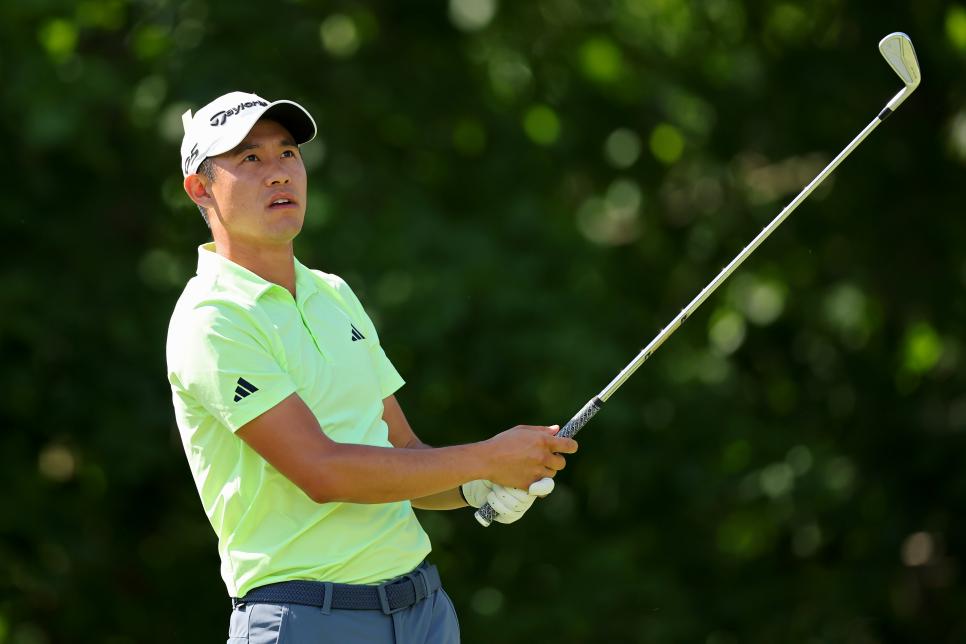
Michael Reaves
Collin Morikawa is playing some outstanding golf at the moment, and he has now finished top five in three consecutive events, including the PGA Championship and last week’s Memorial. The reason behind Collin’s recent success is twofold: his approach play is nearing peak-Morikawa levels, and his short game has been tremendously improved. Morikawa always has a huge leg up on demanding approach courses such as Pinehurst, but his improved around-the-green play leaves me feeling even more optimistic about his chances this week.
Fade: Patrick Cantlay, $9,200:
I’m not sure I have an answer for Patrick Cantlay’s disappointing play this season, but I have a hard time believing that Pinehurst #2 will be his get right spot. Cantlay is coming off a MC at Muirfield Village where he lost three strokes off the tee. Muirfield Village is historically one of Cantlay’s most comfortable courses, and any non-competitive finish at that track should raise a red flag. Now Cantlay attempts to right the ship at a USGA setup with Bermuda greens. I may take my chances on Cantlay later in the year on easier bentgrass courses, but the juice is not worth the squeeze at a U.S. Open.
More U.S. Open preview stories  RBC Canadian Open Robert MacIntyre claims first PGA Tour victory with father Dougie right beside him
RBC Canadian Open Robert MacIntyre claims first PGA Tour victory with father Dougie right beside him  First Person Why I spread my brother’s ashes at Pinehurst No. 2
First Person Why I spread my brother’s ashes at Pinehurst No. 2 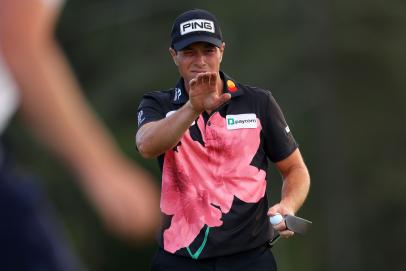 News U.S. Open 2024: Ranking the top 10 golfers without a major $8,000 range Play: Tommy Fleetwood, $8,500:
News U.S. Open 2024: Ranking the top 10 golfers without a major $8,000 range Play: Tommy Fleetwood, $8,500: 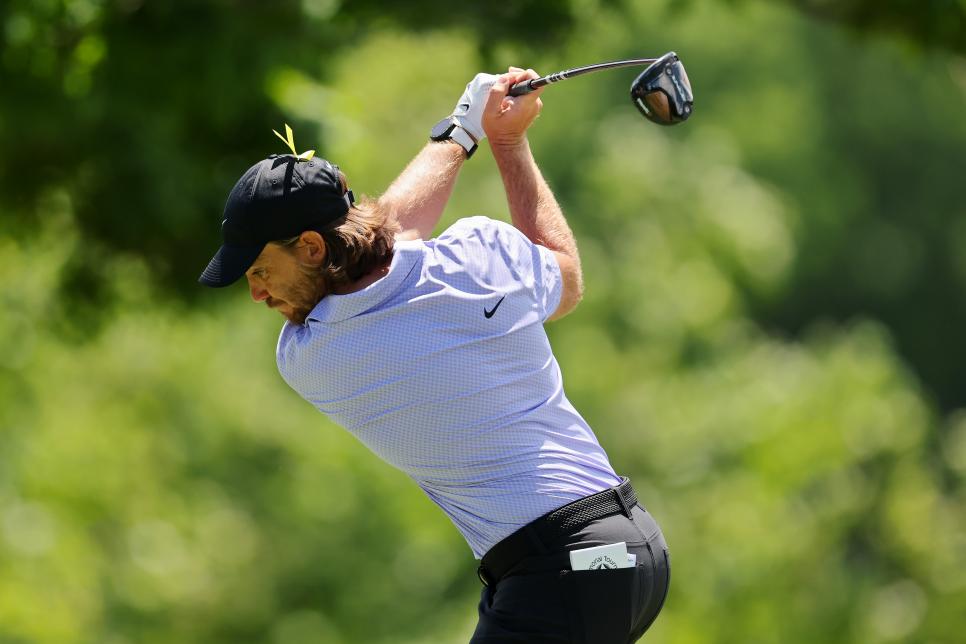
Michael Reaves
Whether it be Los Angeles Country Club, Shinnecock or Erin Hills, Tommy Fleetwood loves himself a USGA setup on a firm-and-fast golf course with short grass around the greens. Fleetwood has proven his meddle on this style of golf course time and again, and his accuracy off the tee should provide even more value on one of the rare modern U.S. Open venues that is just as much about positioning as it is power.
Fade: Cameron Smith, $8,700:
Cam Smith might be a trendy pick this week for his sand belt connection and remarkable short game, but I have major concerns about his ball-striking. The Australian ranked nearly dead last in both distance and accuracy last week at LIV Houston, and his iron play hasn’t really been much better. When Cam Smith is at his best, he is not just displaying incredible short game and putting skill, he is also striking the ball to at least field average rates. While there’s always a universe he can lead the field in short game and putting en route to a top 10, there is virtually zero precedent for a player in this poor ball-striking form winning a U.S. Open.
More from Golf Digest 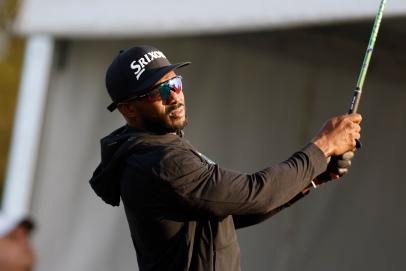 Podcasts Reggie Bush on saving golf fashion and the most special thing about getting his Heisman Trophy back $7,000 range Play: Min Woo Lee, $7,300:
Podcasts Reggie Bush on saving golf fashion and the most special thing about getting his Heisman Trophy back $7,000 range Play: Min Woo Lee, $7,300: 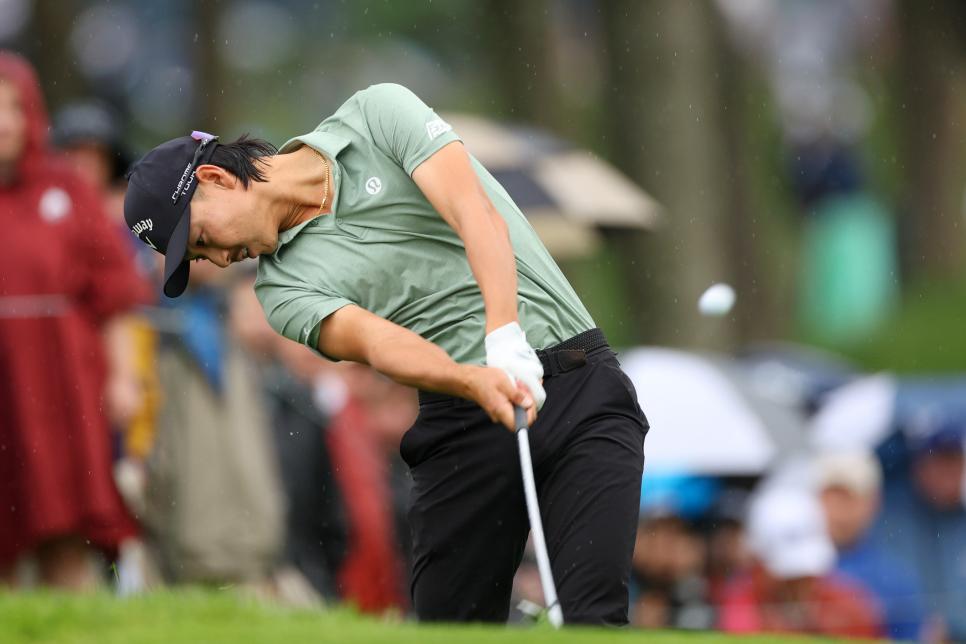
Andrew Redington
Speaking of Australian golfers who should be at home on firm, sandy soil, Min Woo Lee actually possesses the driving ability to really make some noise at Pinehurst. Lee ranks eighth in this field in total driving, and he also ranks seventh in this field in three-putt avoidance from 25-plus feet. Lee’s rare combination of long and accurate driving, paired with elite lag putting should prove to be a major asset at Pinehurst this week.
Fade: Cameron Young, $7,500:
As much as I love Cameron Young’s skill-set for a modern major championship test, I have significant concerns about his short-game ability at Pinehurst. Young has lost strokes around the green in nine of 12 measured starts this year, and his approach play has taken a turn for the worse. Players who are not hitting greens consistently at Pinehurst will be penalized significantly, and the compounding problem of poor approach play and poor short game is a recipe for disaster.
More from Golf Digest 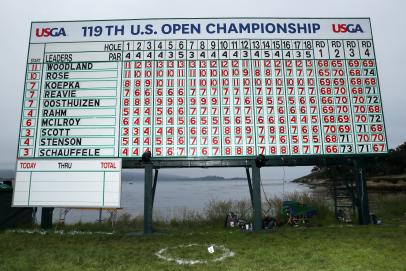 Analysis Is the USGA going to set up Pinehurst extra hard because of low scores in recent majors? $6,000 range Play: Russell Henley, $6,900:
Analysis Is the USGA going to set up Pinehurst extra hard because of low scores in recent majors? $6,000 range Play: Russell Henley, $6,900: 
Andrew Redington
Russell Henley is checking a ton of boxes in terms of the skill-set I am targeting this week. Henley is a very accurate driver of the ball, one of the best long iron players in the field, with a deft touch around the greens, who significantly raises his baseline on Bermudagrass. Henley has quietly finished top 20 in two of his last three U.S. Opens, and I expect him to make even more noise this week at Pinehurst.
Flier: Aaron Rai, $6,400:
Aaron Rai has sneakily developed into one of the best ball-strikers on the PGA Tour, and he has now gained over 3.5 strokes ball-striking in his last four starts. Pinehurst provides a contrast from recent U.S. Open venues such as Winged Foot and Torrey Pines that significantly value distance over accuracy, and Rai’s elite precision off the tee should pay major dividends this week.
Listen to Golf Digest’s weekly podcast, “The Loop”, where we interview the industry’s leading experts (and sometimes tour pros) to help you make your bets and pick your fantasy lineups. And be sure to subscribe to “The Loop” wherever you get your podcasts!
Andy Lack is a PGA Tour writer and podcaster from New York City who now resides in Los Angeles. He hosts Inside Golf, a twice weekly podcast focused on the PGA Tour, betting, daily fantasy, golf course architecture, and interviews, as part of the BlueWire podcast network. As well as contributing to Golf Digest, Andy is also a data analyst and writer for Run Pure Sports, where he covers PGA Tour betting and daily fantasy. He came to Golf Digest’s betting panel after previously writing for RickRunGood.com, the Score and GolfWRX. In his free time, Andy can likely be found on a golf course. Follow him on Twitter: @adplacksports
This article was originally published on golfdigest.com
The Latest News
-
December 26, 2024Heatwave sparks warning of potentially devastating wildfires in Australian state
-
December 26, 2024‘Fresh and ready to go’: Sabalenka hungry and ready for more grand slam success
-
December 26, 2024Andy Roddick says he has one big concern about Iga Swiatek heading into the Australian Open
-
December 26, 2024Thanasi Kokkinakis injury: News, updates as Australian tennis player withdraws from Brisbane International | Sporting News Australia
-
December 26, 2024Trickle-down Konstanomics helps Aussie top-order fire | cricket.com.au




